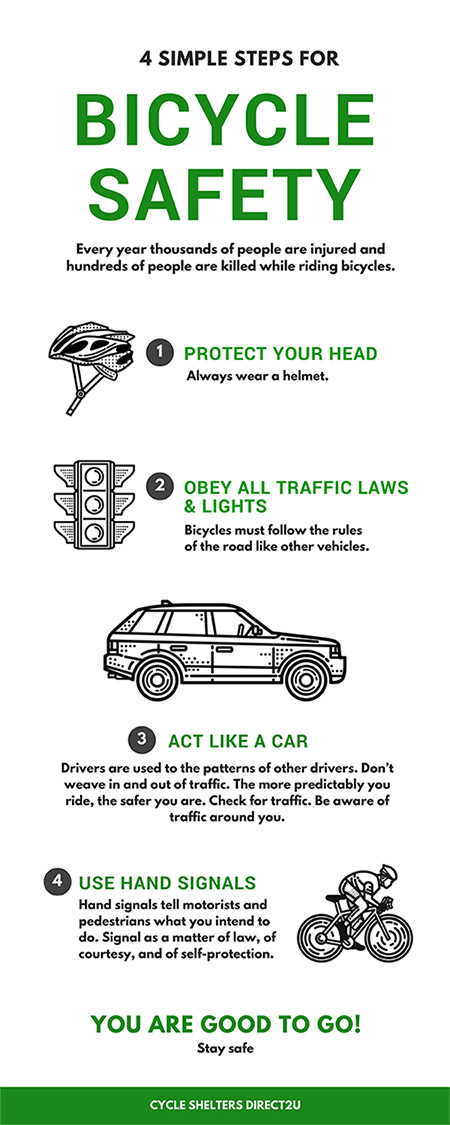Ever ridden a bike without putting a helmet on first? Most of us are guilty of riding without full protection on but are you aware of the risks? There’s nothing like the feeling of the wind on your hair as you cycle in the country side on a hot summers day is there? This might sound very romantic but the truth is, you’re putting yourself in danger for little benefit.
Here are a few questions you should ask yourself every time you hop in the saddle:
1. Is the risk really worth it?
Crashes can happen to even the most experienced of riders. In fact, the more experienced you are the more confident and less focused you become. An accident can take a split second but have long lasting effects. Wearing a helmet won’t mean you’ll be accident proof – but it does mean any impact to your head will be absorbed and lessened. What would you rather – a damaged helmet or a damaged brain?
2. Who’s more likely to get hurt?
In 2013 statistics show that 109 people in total were killed in a cycling incident. Many believe that children are the most accident prone but only 3 of these were children and the rest being adults. It’s instinctual to put a child’s safety above our own but it is important to always remember to protect ourselves too.
3. What’s worse?
Many of you may read that last statistic and think it’s pretty low. However, how many people do you think get seriously injured in a cycling incident? The answer is 3143. The majority being adults at 2867. Sometimes, being seriously injured can impact the rest of someone’s life whether it affects their mobility, their brain function or their confidence. Out of a total 19438 cycling accidents only 16186 are slightly injured. This leaves a whole chunk of people who are seriously injured or killed.
Use your head
Hospital data suggests that 40% of adult cyclists and 45% of child cyclists suffer head injuries. This isn’t just a bump to the head, the category of head injuries can range from minor concussion, to brain damage to fatal skull fractures. Despite the facts and figures only 20-25% of all cyclists wear helmets.
If you don’t want to be another accident statistic there are few simple measures you can take to be in control of your safety:

Top tips to stay safe when cycling
• Always wear a helmet –
There are plenty of studies proving and disproving the effectiveness of wearing a helmet but when it really comes down to it, do you want you or your child to be the ones to find out?
• Obey all traffic laws and lights –
The age old grudge between cyclists and drivers looks unlikely to ever end. Make sure you obey all the correct procedures and pre-empt others actions to maximise your own safety.
• Act like a car –
Drivers are familiar with the behaviour of other drivers and expect bikes to be the same. Unexpected movements can knock a driver’s confidence causing accidents. The more predictable and obvious you are the safer you will be. Always stay alert and be aware of traffic around you.
• Use hand signals –
This is a key cycling safety point that many ignore or forget. Not only is it useful for motorists to know where you’re going, it’s also useful for pedestrians too. Particularly at junctions and round abouts where you are cutting across traffic, it’s always better to be safe than sorry.
Those are our top tips for staying safe in the saddle. There might seem like a lot to think about when choosing to cycle but it’s simple really, don’t take risks with your safety. Don’t be put off, cycling is extremely beneficial for your health, the environment and much more.
Stay safe!